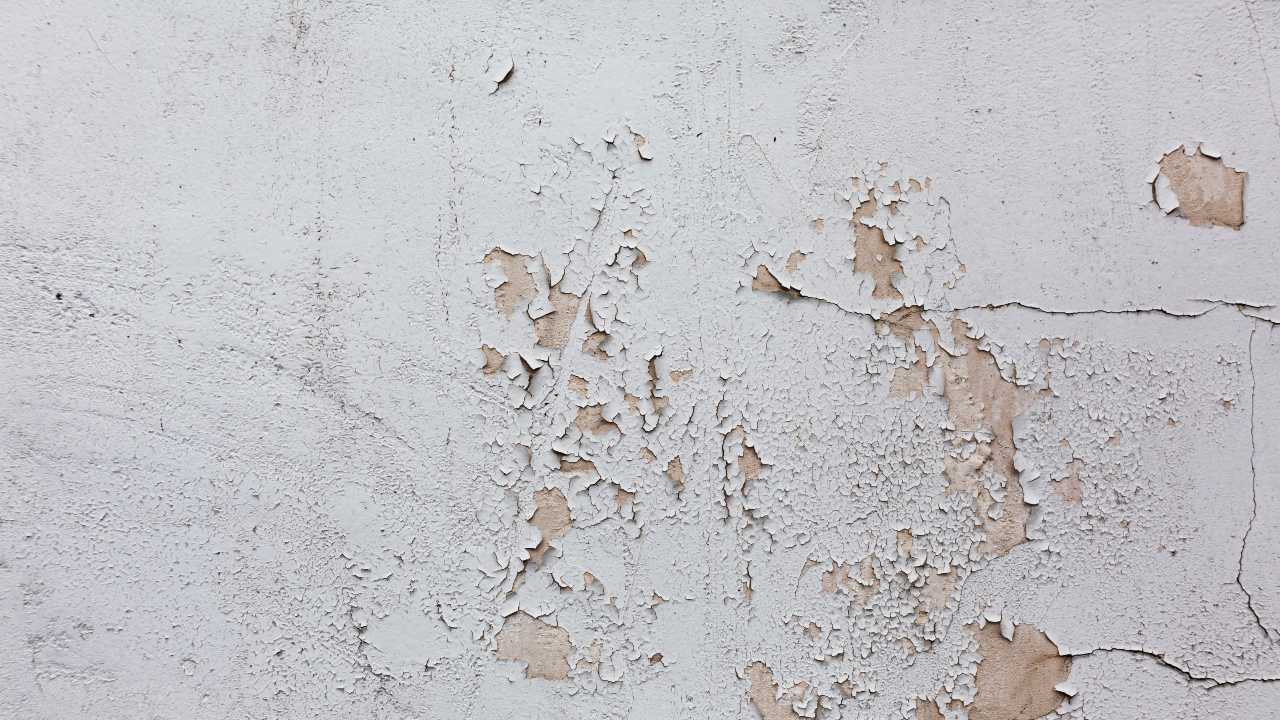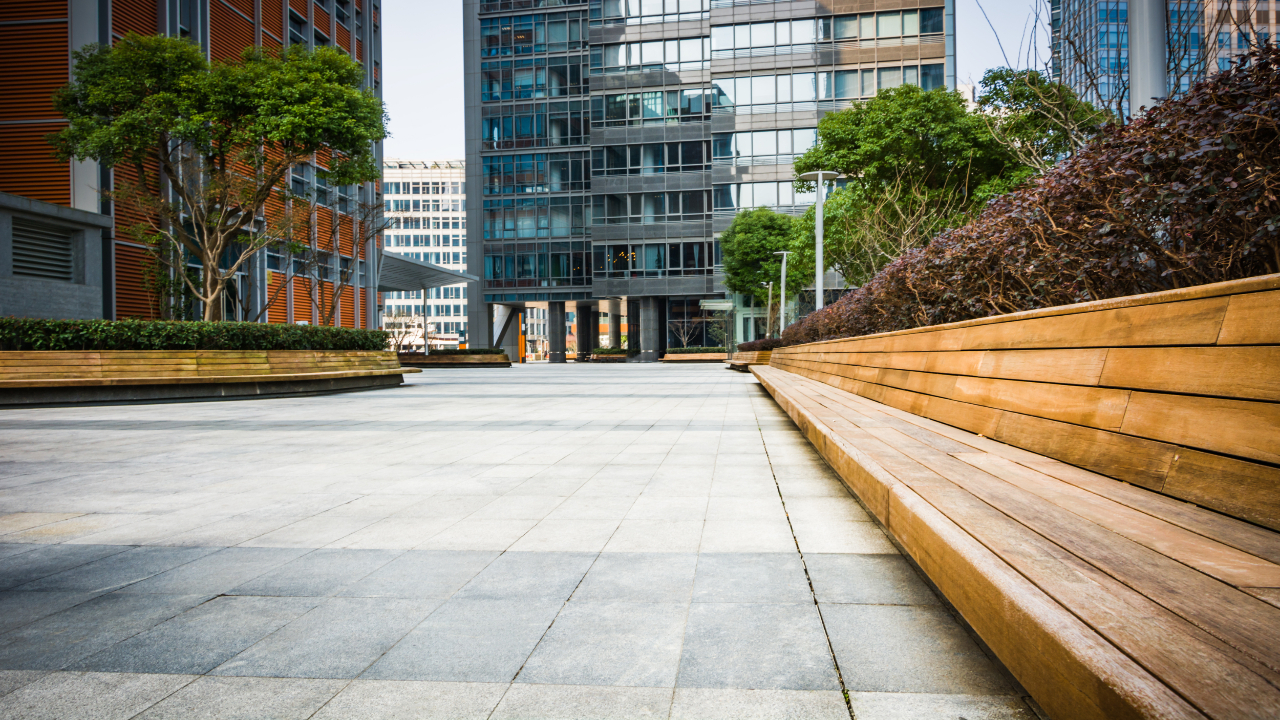
What is the Difference Between Concrete Spalling And Scaling?
John Souffront

Concrete is a durable and versatile material, but it’s not immune to deterioration. Two common forms of concrete damage are spalling and scaling. While both involve the surface layer of concrete breaking away, they have distinct causes and characteristics. So, let’s understand the difference between concrete spalling and scaling, going further into the factors that contribute to each of these phenomena.
Concrete Scaling vs Spalling
| Factor | Concrete Spalling | Concrete Scaling |
| Definition | The deterioration of concrete due to moisture and pressure causes surface layers to break away into flakes or layers. | The loss of surface mortar or aggregate in concrete, often caused by freeze-thaw cycles or deicing chemicals. |
| Causes | – Freeze-thaw cycles – Corrosion of reinforcing steel – Poor concrete mix or placement – Chemical exposure |
– Freeze-thaw cycles – Use of deicing salts – Inadequate air entrainment – Poor finishing or curing |
| Appearance | – Flakes or layers of concrete breaking away – Exposed aggregate and reinforcement – Rust stains from steel corrosion |
– Surface mortar loss exposing aggregate – Scaling or peeling of the top layer of concrete – Exposed, rough surface |
| Depth of Damage | Can range from surface spalling to deeper structural damage | Typically affects the surface layer of the concrete |
| Impact on Structure | May compromise structural integrity and durability | Primarily affects aesthetics and surface durability |
| Prevention | – Proper concrete mix design – Adequate curing and protection – Surface sealers or coatings |
– Adequate air entrainment – Proper finishing and curing – Avoidance of deicing salts or chemicals |
| Repair Methods | – Patching or overlaying damaged areas – Corrosion control and reinforcement repair |
– Surface grinding or shot blasting – Patching and resurfacing |
What Causes These Phenomena to Occur?
1. Concrete Spalling
Let’s look at some of the most common causes of concrete spalling –
Freeze-Thaw Cycles
A freeze-thaw cycle occurs when the air temperature drops low enough to freeze the water and then increases enough for it to thaw again (i.e., convert it back to liquid form).
For those who don’t know, concrete is porous, which means that water can easily make its way inside. Once water goes inside and freezes, it expands and puts pressure on the surrounding concrete, ultimately leading to spalling. This is why you’ll usually witness spalled concrete in colder regions.
Chemical Exposure
Deicing agents like sodium chloride (NaCl) are used to melt ice and snow on pavements and structures. However, the chloride ions from these agents can penetrate into concrete and initiate corrosion of the embedded steel reinforcement bars. As the reinforcement corrodes, it expands in volume, generating internal stresses that eventually lead to cracking, delamination, and spalling (flaking off) of the concrete cover. Spalling compromises the structural integrity and durability of the concrete structure over time, necessitating costly repairs or replacement. Other chemicals, such as sulfuric acid or harsh cleaning solutions, may also cause spalling.
Poor Quality Concrete and Installation
This is a given. Poor-quality products always rot first compared to better-quality ones. Not all concrete is equal in terms of concentration, quality, and depth. High-quality concrete will be more durable than low-quality concrete, so you’ll usually find spalling in such cheap, low-quality concrete.
However, it should be noted that spalling concrete can occur if the concrete is not properly installed, regardless of the quality. Suppose a concrete slab is poured with insufficient consolidation. Despite using high-quality concrete, voids can form around the rebar if the mixture is not properly vibrated during placement. Over time, this void space may lead to water intrusion and corrosion of the reinforcement, ultimately causing the concrete to spall.
You might also want to read: Concrete Spalling: Cause, Prevention Measures, Repair & More
2. Concrete Scaling
In addition to freeze-thaw cycles, here are some other major causes for scaling of concrete –
Excessive Use of Deicing Salts
Deicing salts reduces the melting point of water and prevents ice from forming. The excessive use of such salts (for example, sodium chloride) can increase the concrete saturation and boost the freeze-thaw cycles, leading to increased damage and causing concrete scaling.
Lack of Air Entrainment
Inadequate air entrainment is one of the primary reasons for scaled concrete. Air-entrained concrete contains small air bubbles that act as a pressure relief mechanism during freeze-thaw cycles, handling the process better. However, without these bubbles, the water expanding inside the concrete can increase the pressure, causing the top layer to crack or come off.
Improper Concrete Mix Design
The type of concrete used plays a crucial role in preventing scaling. If the concrete used is weak or mixes in too much water compared to the cement, affecting the water-cement ratio, this will allow the water to seep in more easily and more likely lead to scaling. To prevent this, you must use the right concrete mix, i.e., have the correct balance of water and cement, and more importantly, use good-quality aggregates. This will lead to the concrete lasting longer and not scaling easily.
Improper Finishing Techniques
It’s very important to get this right. If the finishing techniques are not properly implemented, water can get stuck inside, weakening the structure internally and making it easier to scale. It’s advised to follow proper finishing techniques and let any extra water evaporate before applying the final touches to the concrete to prevent it from weakening and making it vulnerable to damage.
Read also: How to Restore Faded Stamped Concrete?
How to Repair Concrete Spalling?
To fix spalling concrete, follow the process mentioned below –
- Prep the Area: First, use a chisel or wire brush to remove loose pieces and debris from the damaged concrete area. Then, clean out any cracks or holes thoroughly. This prep work ensures proper bonding for the repair material.
- Check for Hollow Sounds: Gently tap around the affected area with a hammer. If you hear hollow sounds, it means the underlying concrete is deteriorated. Break out and remove any loose chunks to create a solid base for repairs.
- Examine the Reinforcements: Inspect any exposed steel reinforcements like rebar for rust or corrosion. If it’s minor, clean it off with a wire brush and apply a protective epoxy coating. For significant damage, replace the reinforcements entirely.
- Rough Up the Surface: To help the new concrete bond properly, roughen up the existing concrete surface by wire brushing, grinding, or shot blasting. Then apply a bonding agent to further aid adhesion.
- Apply the Repair Material: Choose the appropriate repair material (epoxy, polymer resin, etc.) based on the type and extent of damage. Follow manufacturer instructions carefully when applying and shaping the new material to match the surrounding concrete.
- Cure Properly: After applying the repair, texture the surface to blend with the existing concrete using a brush or trowel. Allow it to cure completely according to the product directions for maximum strength and durability.
You might also want to read: Top Concrete Crack Repair Methods You Must Know Of
How to Fix Concrete Scaling?
Implement the following in order to fix the problem of concrete scaling –
- Analyze the Damage: The first step is to carefully look at the areas where the concrete surface has scaled and flaked off. Determine how deep the damage goes – is it just a light surface layer that’s come off, or has it gone deeper? More severe scaling will require more extensive repairs.
- Prepare the Surface: Before doing any repairs, the surface needs to be thoroughly cleaned. Remove any loose material, dirt, or other contaminants. Depending on how bad the scaling is, this might involve using hammers, chisels, sandblasting, pressure washing, or jackhammers to get rid of any unsound or crumbly concrete.
- Implement the Correct Approach: The repair approach will depend on how widespread and deep the scaling damage is and what kind of end result you want. Sealers or coatings applied to the surface may be enough for light surface scaling. More moderate to severe scaling might call for resurfacing with a bonded topping or repair mortars. You should consult an experienced structural engineer to determine the best repair for your particular situation.
- Use Resurfacing Materials: Once the surface is prepped, you can apply resurfacing materials like latex-modified concrete or polymer cement repair mortars to restore the damaged areas. Proper mixing and application techniques are important for getting good results. Follow the manufacturer’s instructions carefully.
- Allow Proper Curing: After applying the repair materials, they need time to cure and reach full strength and durability properly. Use recommended curing methods, such as curing compounds or wet burlap coverings, to allow the materials to cure properly. This ensures the repairs will last.
Conclusion
Concrete spalling and scaling may seem similar on the surface, but understanding their distinct causes is crucial for effective prevention and repair. We have not only understood the basic yet fundamental differences between the two, but we have also learned in depth about the causes of concrete spalling and scaling and the process of repairing such concrete.
With the right knowledge and proactive approach, concrete’s durability and integrity can be maximized for a safer built environment. Early action and adherence to best practices are vital to protecting this versatile construction material. But if you don’t have sufficient knowledge and expertise, it’s best you consult an experienced professional. One wrong decision and you could actually worsen the problem.
This is where we at Souffront Construction & Engineering come into the picture. With over 5000 inspections done and 100+ years of combined experience, our team of certified professionals specializes in accurately diagnosing and providing optimal repair solutions for concrete issues like spalling and scaling. We utilize advanced techniques and quality materials to execute long-lasting concrete restoration & repairs following industry best practices. So, if you need any help, feel free to contact us at estimates@souffronts.com or go to our contact page and fill in a small form to get in touch with our team.
You can also read: Bid Package Construction: A Complete Guide
John Souffront
John Souffront is a seasoned leader in the construction and engineering industry, with over a decade of experience at the helm of Souffront Construction & Engineering. Known for his unwavering commitment to excellence and innovation, John has propelled his firm to the forefront of the field, delivering cutting-edge solutions for complex projects around the country.
Build Your Project
Ensure safety and compliance on your construction site with our experienced team. Call us today.
Contact Us

